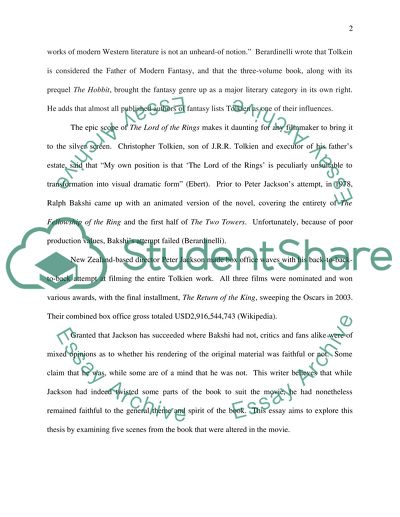Cite this document
(“The lord of the rings: the fellowship of the ring: a review of Peter Essay”, n.d.)
Retrieved from https://studentshare.org/miscellaneous/1514099-the-lord-of-the-rings-the-fellowship-of-the-ring-a-review-of-peter-jacksons-rendition-of-the-book-into-film
Retrieved from https://studentshare.org/miscellaneous/1514099-the-lord-of-the-rings-the-fellowship-of-the-ring-a-review-of-peter-jacksons-rendition-of-the-book-into-film
(The Lord of the Rings: the Fellowship of the Ring: A Review of Peter Essay)
https://studentshare.org/miscellaneous/1514099-the-lord-of-the-rings-the-fellowship-of-the-ring-a-review-of-peter-jacksons-rendition-of-the-book-into-film.
https://studentshare.org/miscellaneous/1514099-the-lord-of-the-rings-the-fellowship-of-the-ring-a-review-of-peter-jacksons-rendition-of-the-book-into-film.
“The Lord of the Rings: the Fellowship of the Ring: A Review of Peter Essay”, n.d. https://studentshare.org/miscellaneous/1514099-the-lord-of-the-rings-the-fellowship-of-the-ring-a-review-of-peter-jacksons-rendition-of-the-book-into-film.


